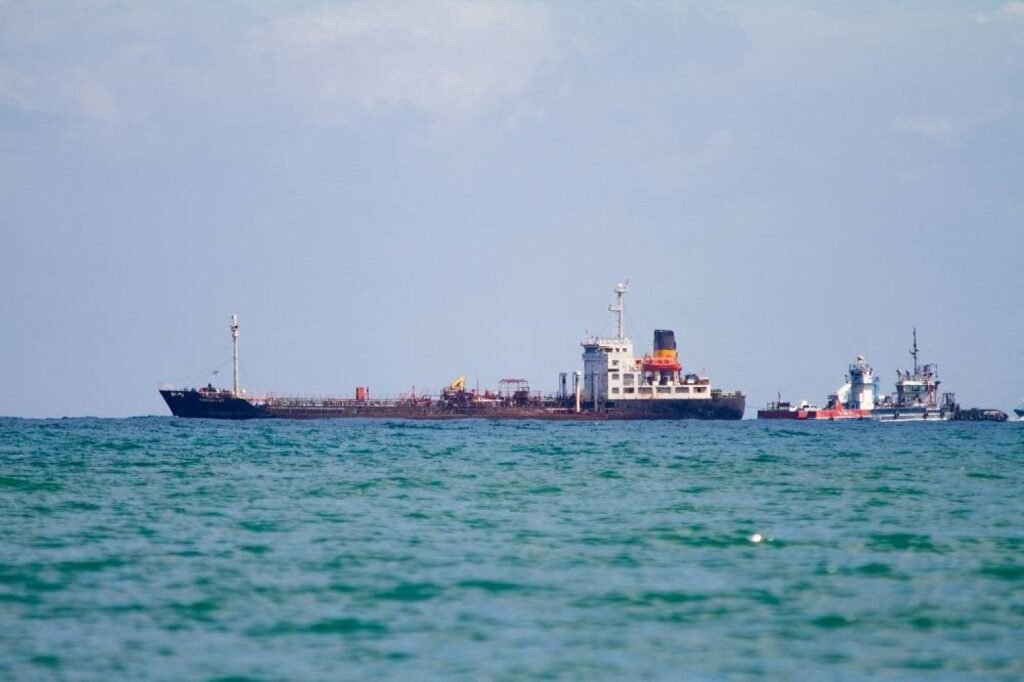
Oil prices surged on Monday following a drone attack on United States forces in Jordan, which raised concerns of a wider conflict in the oil-rich Middle East. Furthermore, Houthi rebels intensified their attacks on vessels in the Red Sea, hitting a tanker operated by Trafigura. This has led to worries over supply disruption in the region.
The risks of a widening conflict in the Middle East are arriving at the same time when Russian refined product exports are set to decline. This is due to refineries and a major oil terminal undergoing repairs because of drone attacks by Ukraine.
Brent crude futures increased by 0.3% to $83.81 a barrel and reached a session high of $84.80, while US West Texas Intermediate crude futures gained 0.3% to $78.24 a barrel after reaching an intraday high of $79.29.
The death of three US service members in a drone strike in Jordan marked a critical inflection point in the ongoing conflict in the Middle East. It also raised the specter of a more substantial US involvement in the war. RBC Capital analyst, Helima Croft noted that a direct confrontation with Iran heightened the prospect of regional energy supply disruptions.
Commodities trader Trafigura is evaluating the security risks of further Red Sea voyages after firefighters put out a blaze on a tanker attacked by Yemen’s Houthi group. ANZ analysts said, “With oil tankers linked to the US and UK now under threat of attack, the market is likely to reprice the risk of disruptions.”
Both contracts rose for a second week in a row and settled at their highest in nearly two months on Friday. Positive US economic growth and signs of Chinese stimulus boosted demand expectations, supported by Middle East and Russian supply concerns.
Russia will likely cut exports of naphtha, a petrochemical feedstock, by around a third of its total exports, or 127,500-136,000 barrels per day, after fires disrupted operations at refineries on the Baltic and Black Seas.
On February 1, leading ministers from the Organization of the Petroleum Exporting Countries (OPEC) and allies led by Russia, known as OPEC+, will meet online. However, OPEC+ will likely decide on its oil production levels for April and beyond in the coming weeks, as the meeting would take place too early for decisions to be made on further output policy.
Thanks for sharing. I read many of your blog posts, cool, your blog is very good.
Can you be more specific about the content of your article? After reading it, I still have some doubts. Hope you can help me.